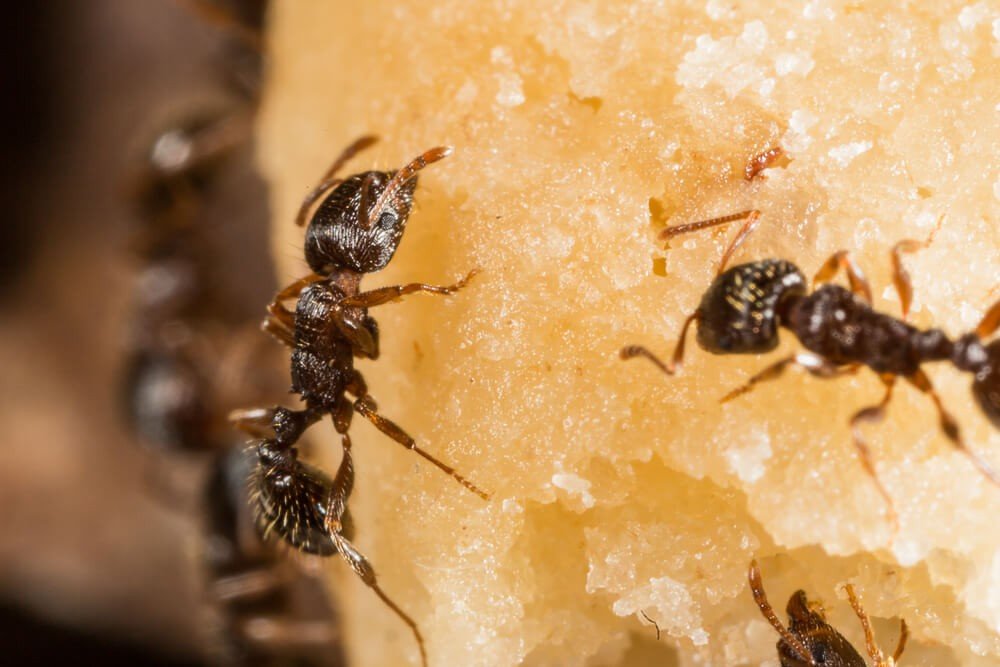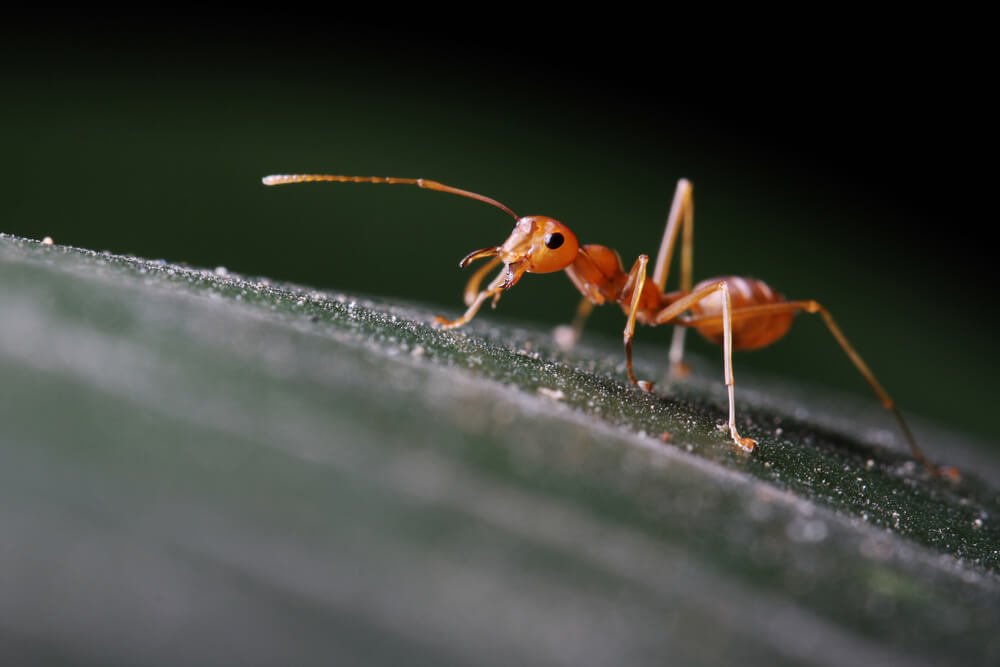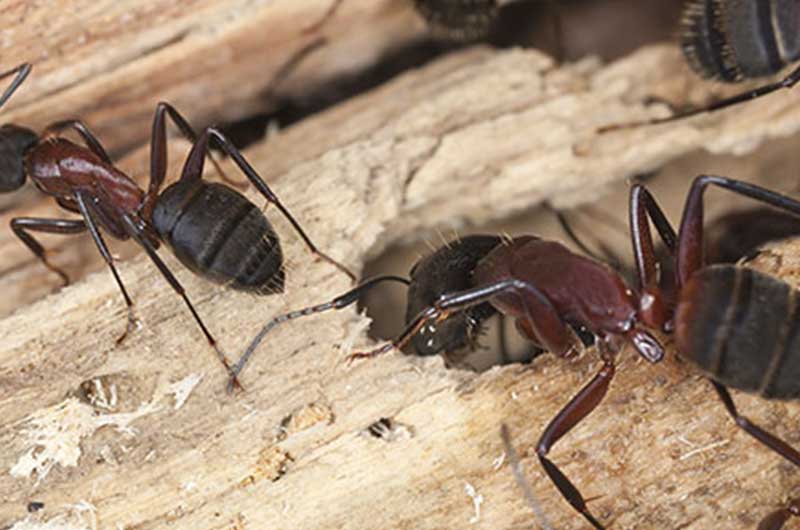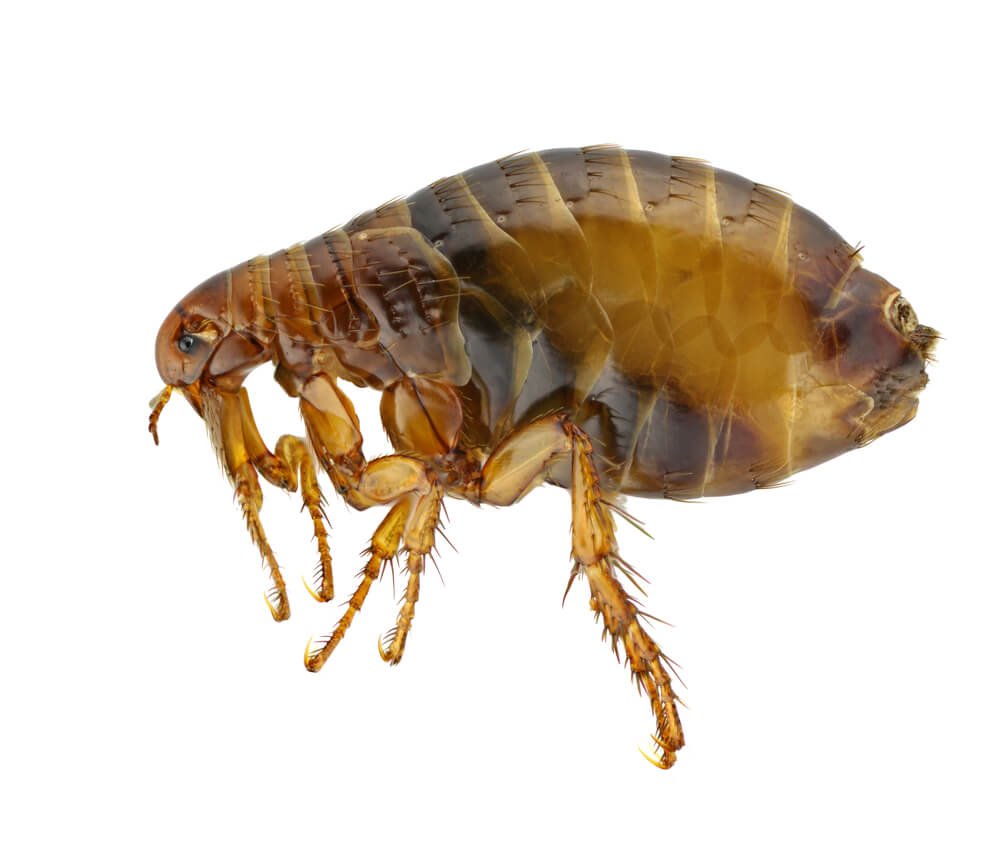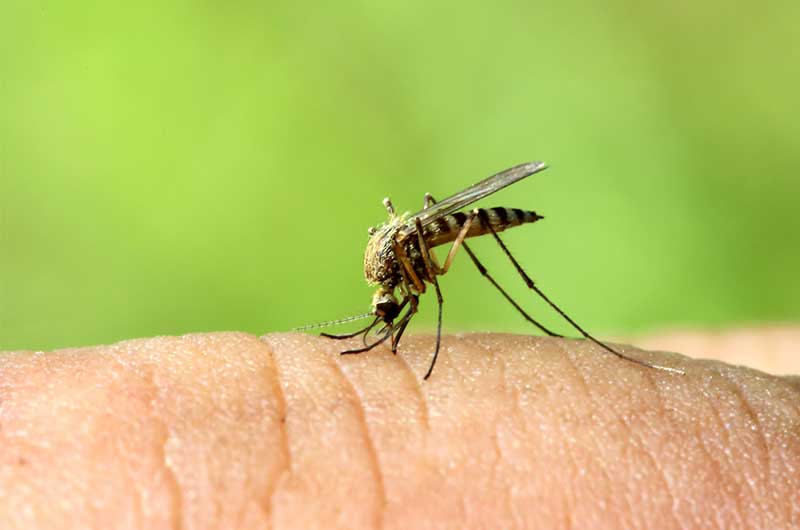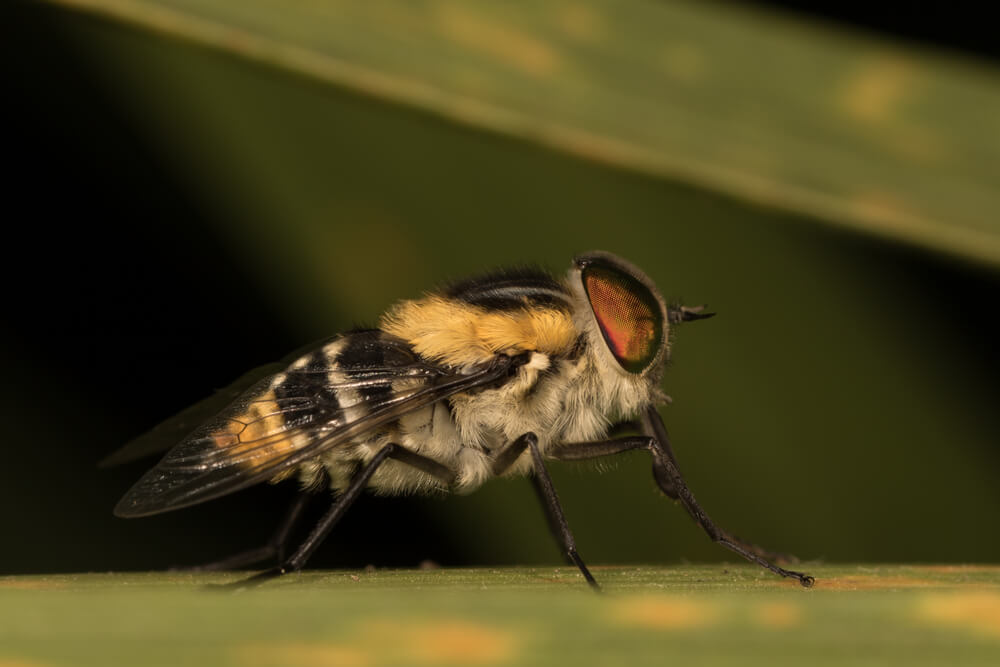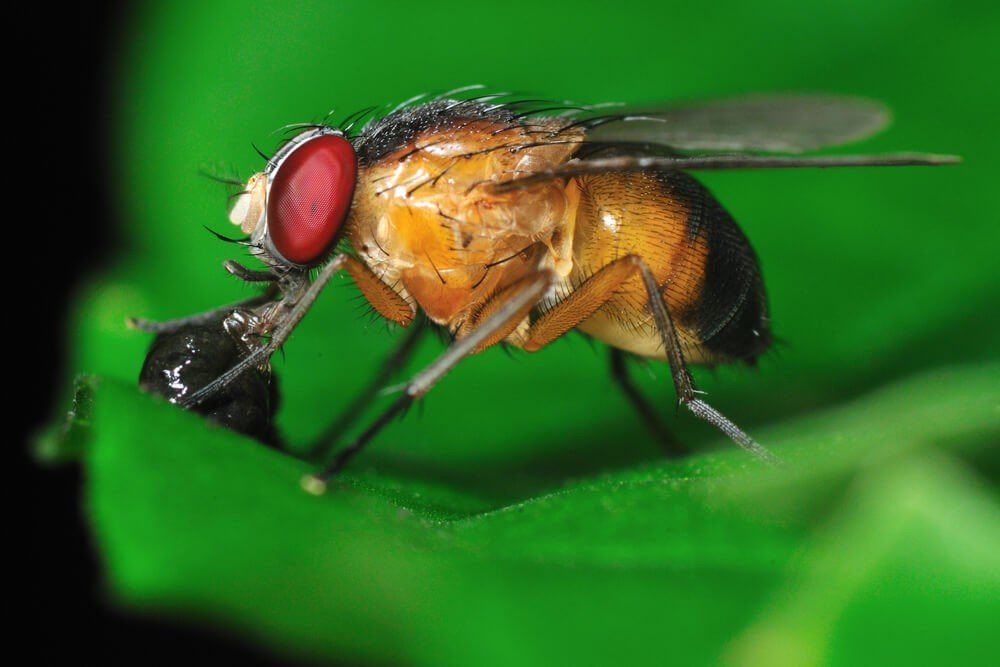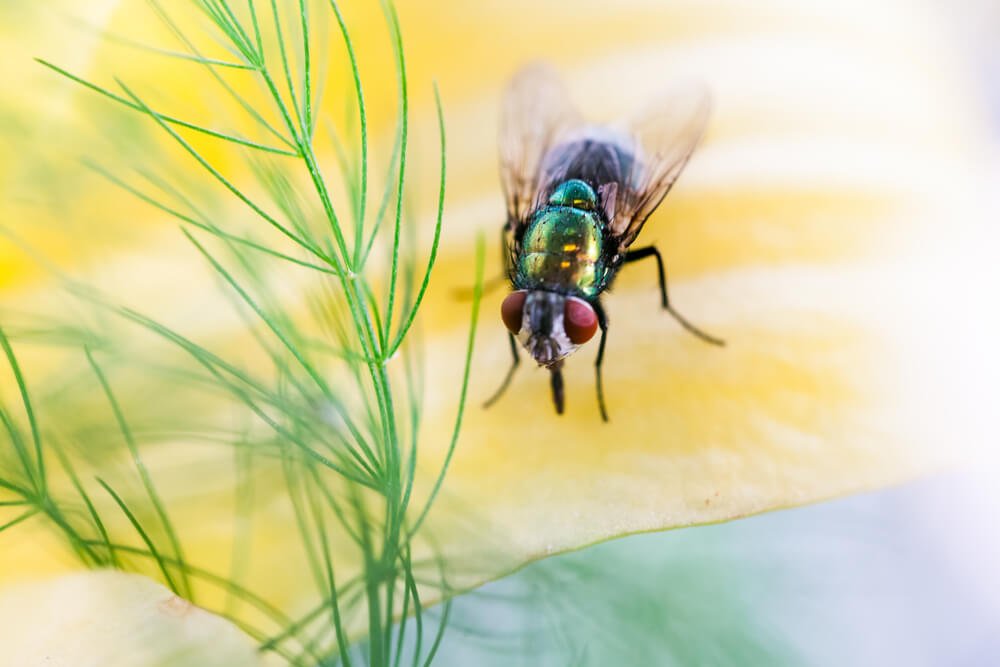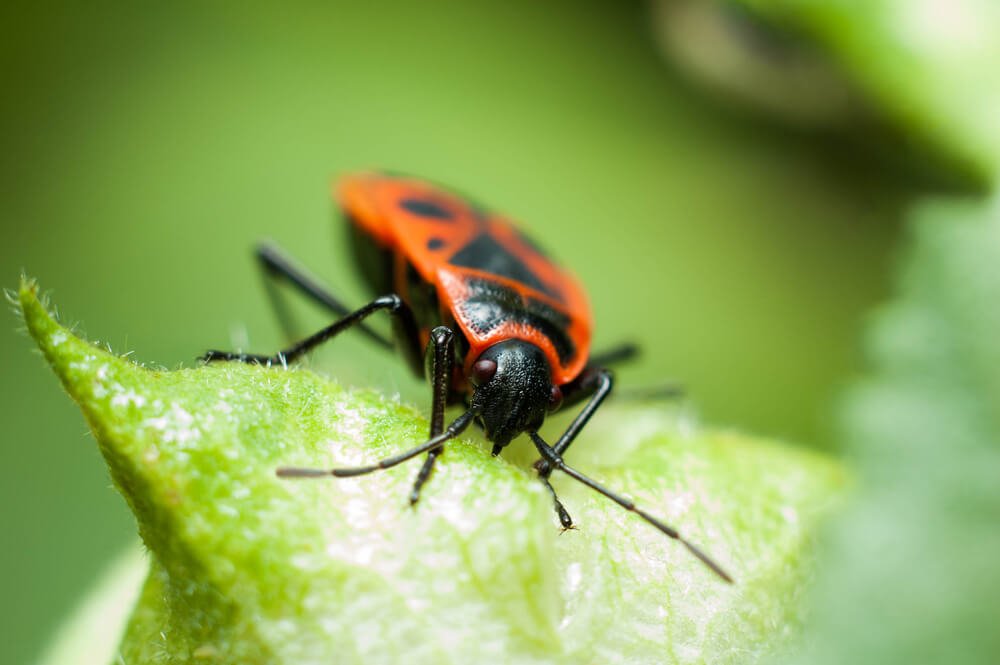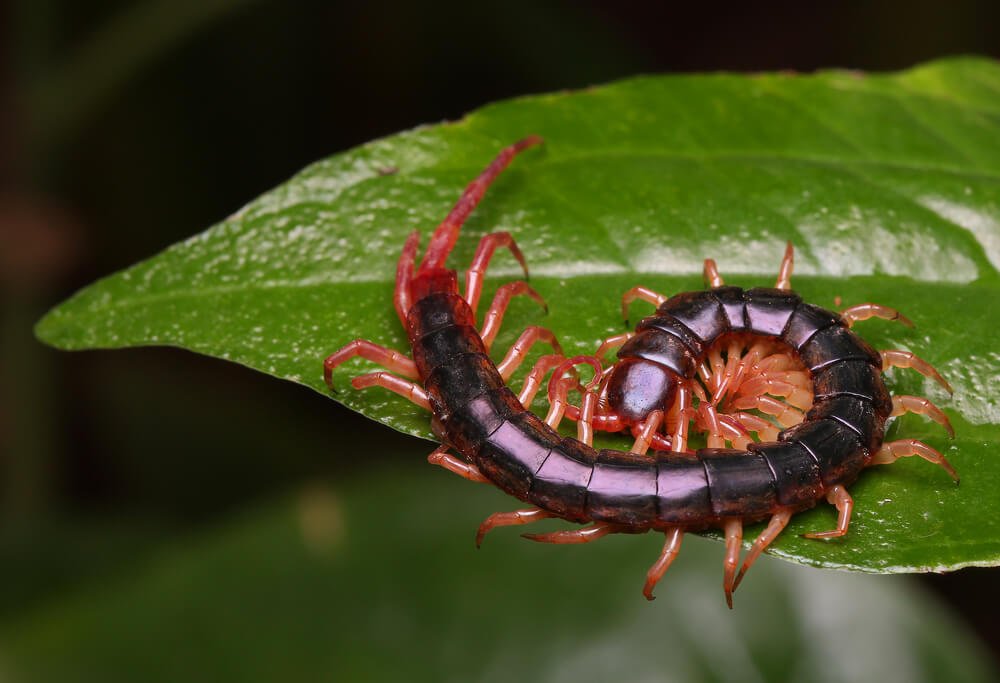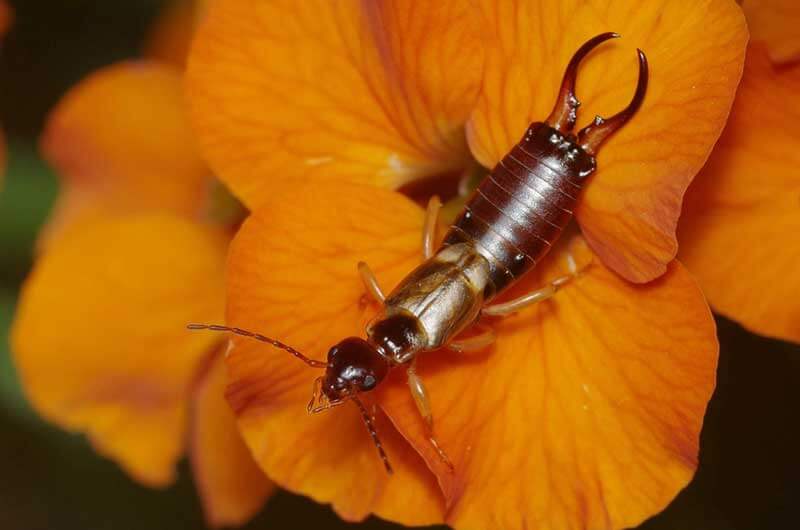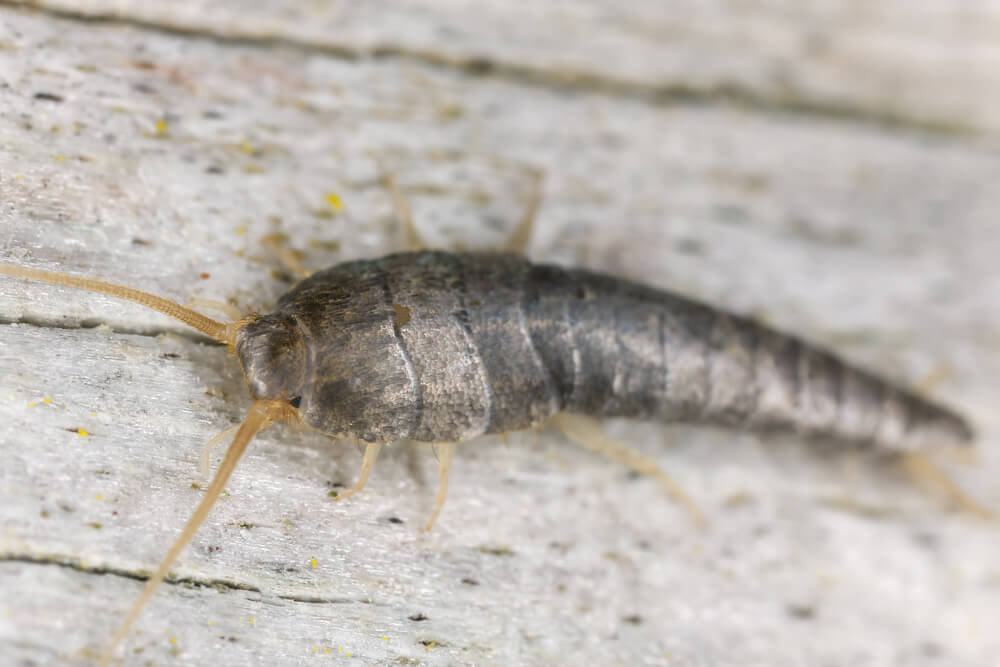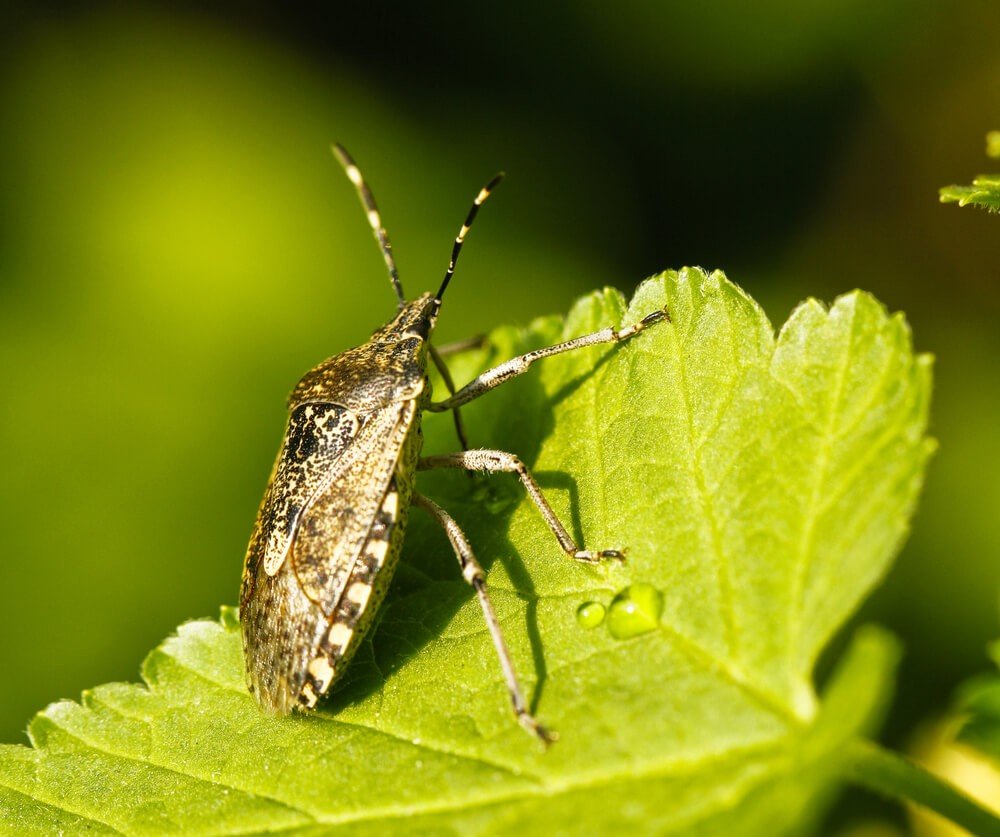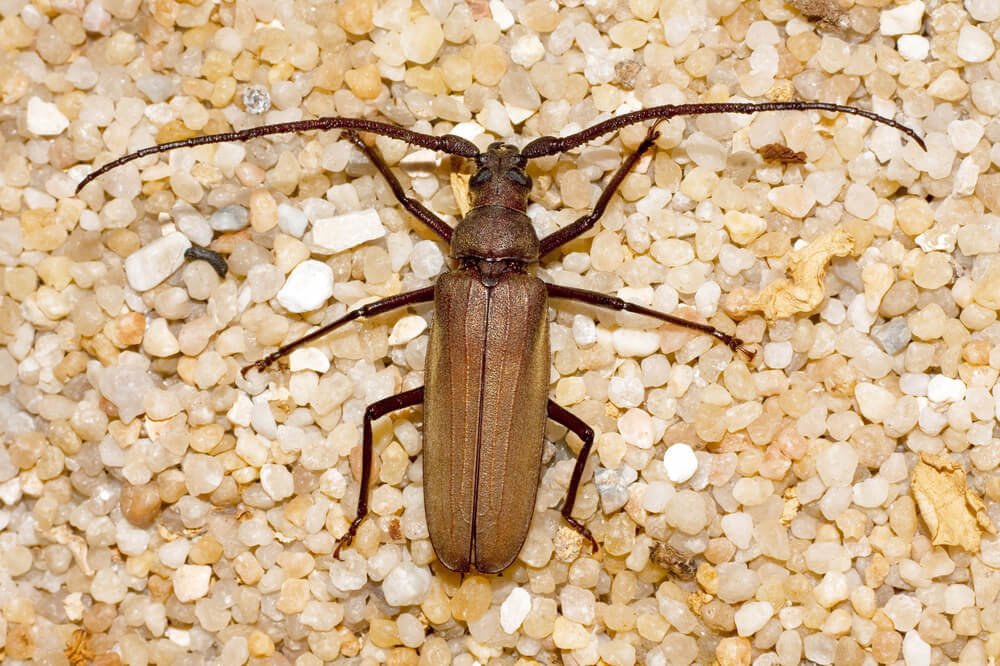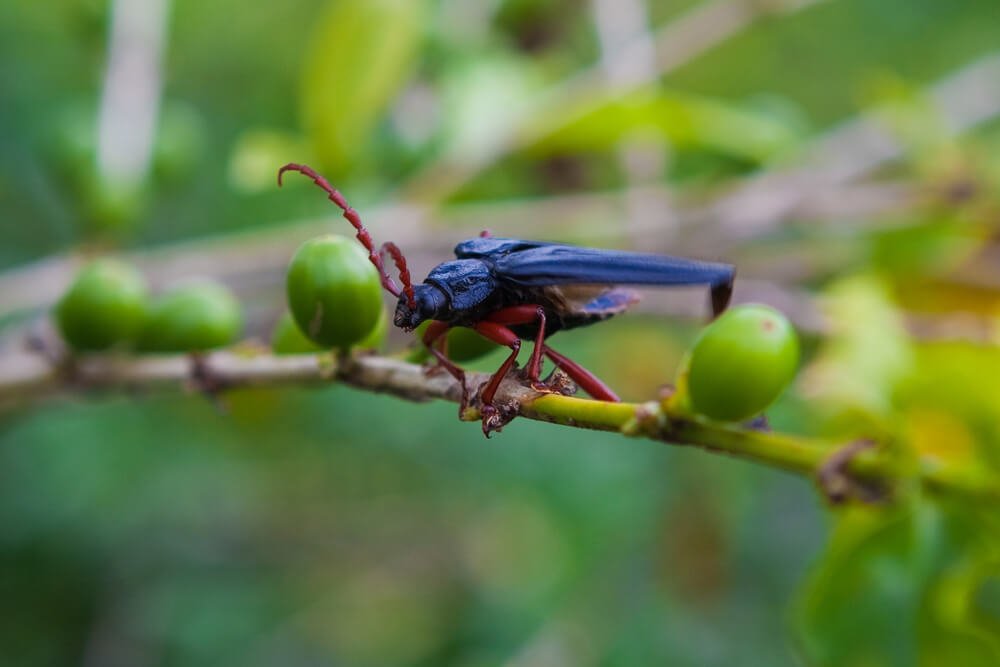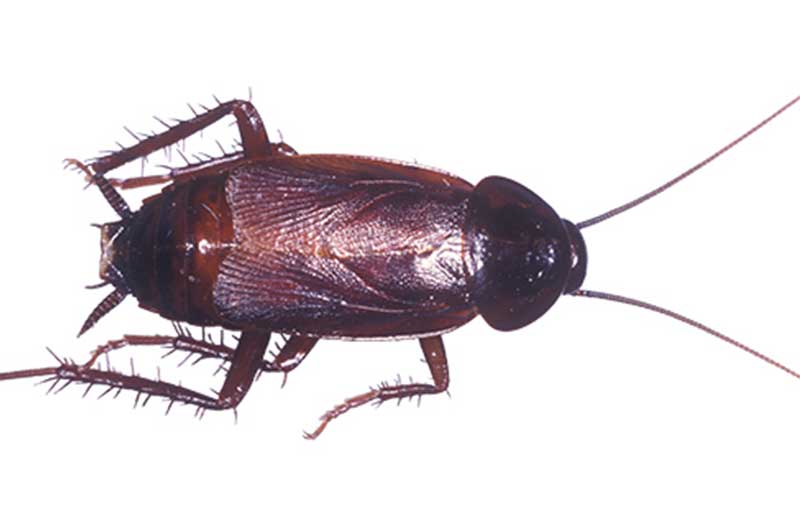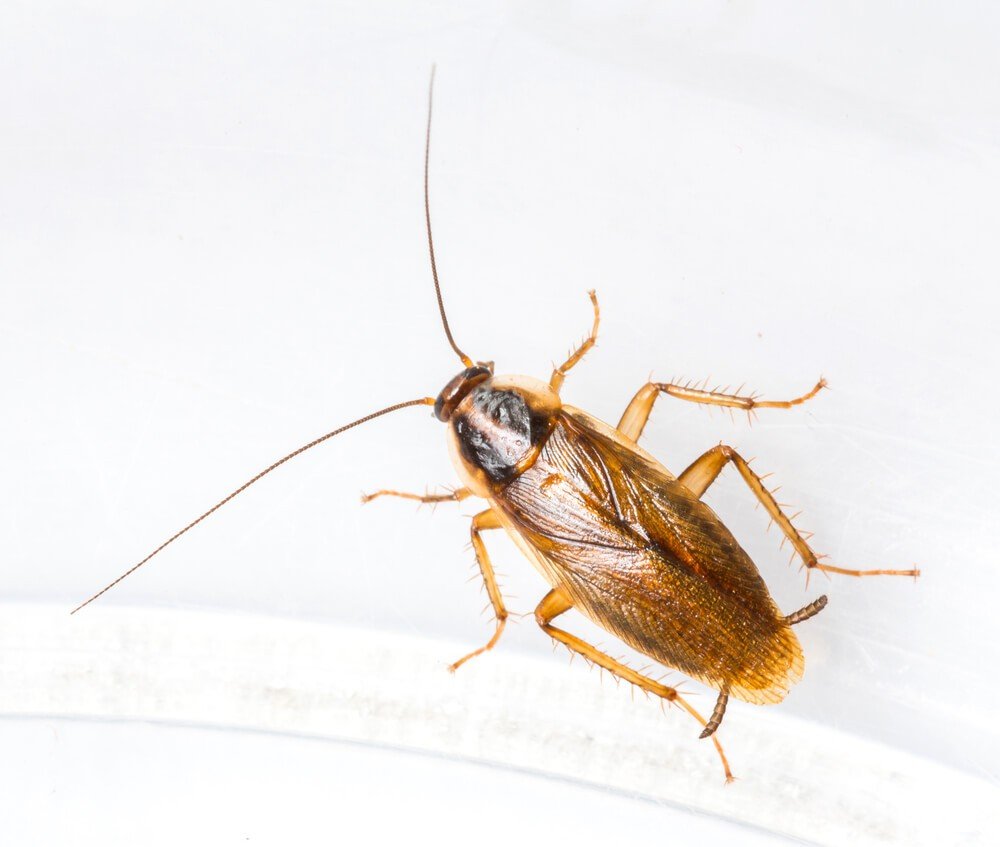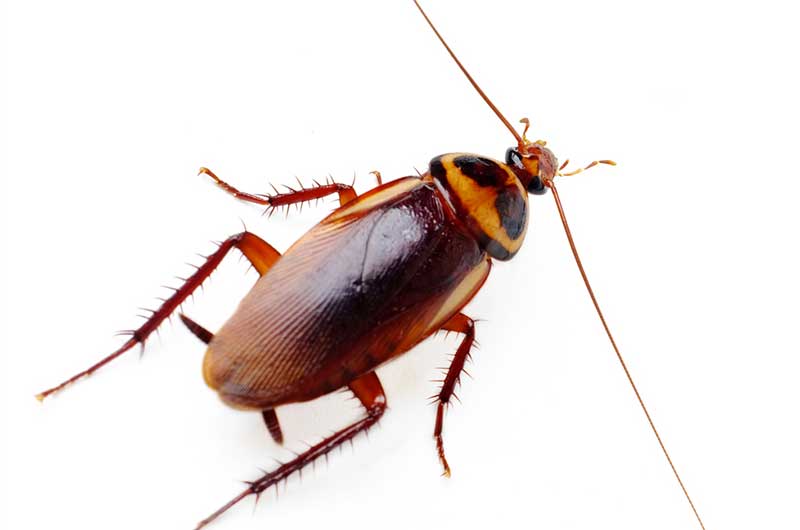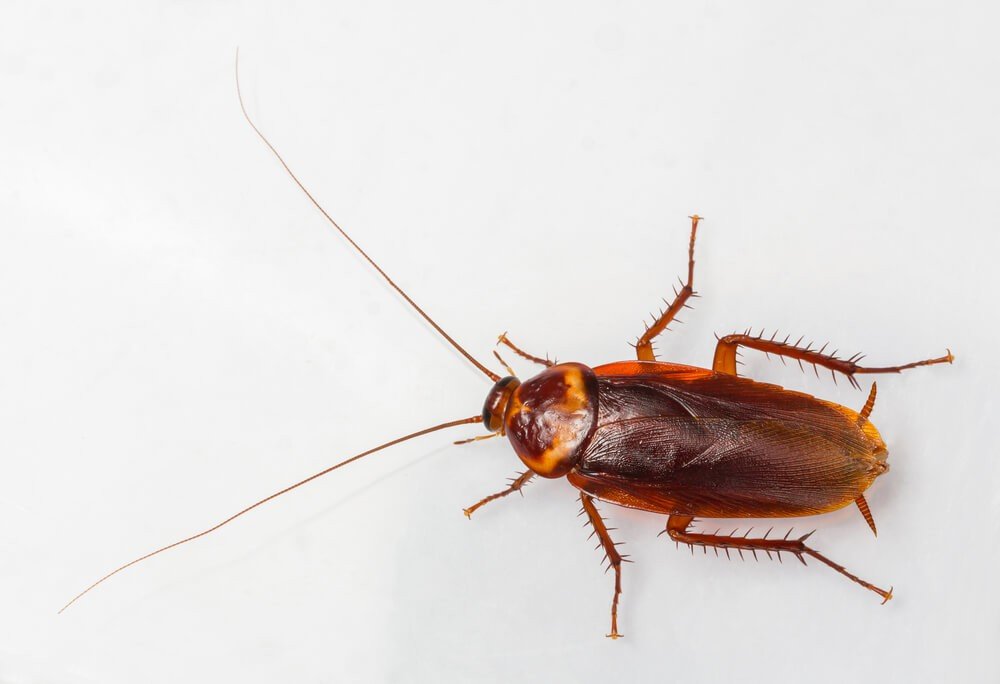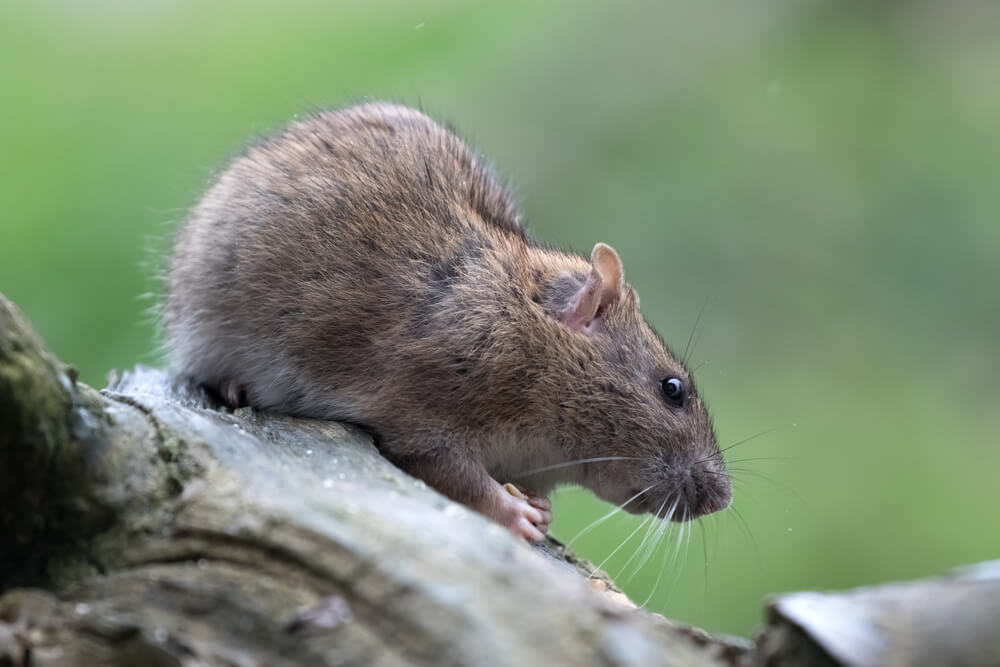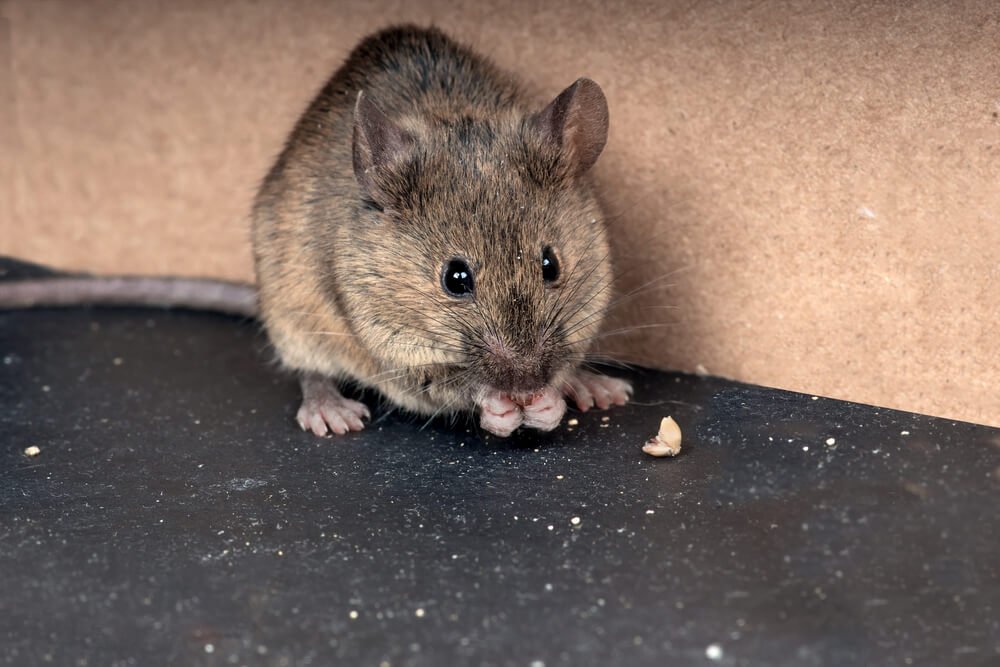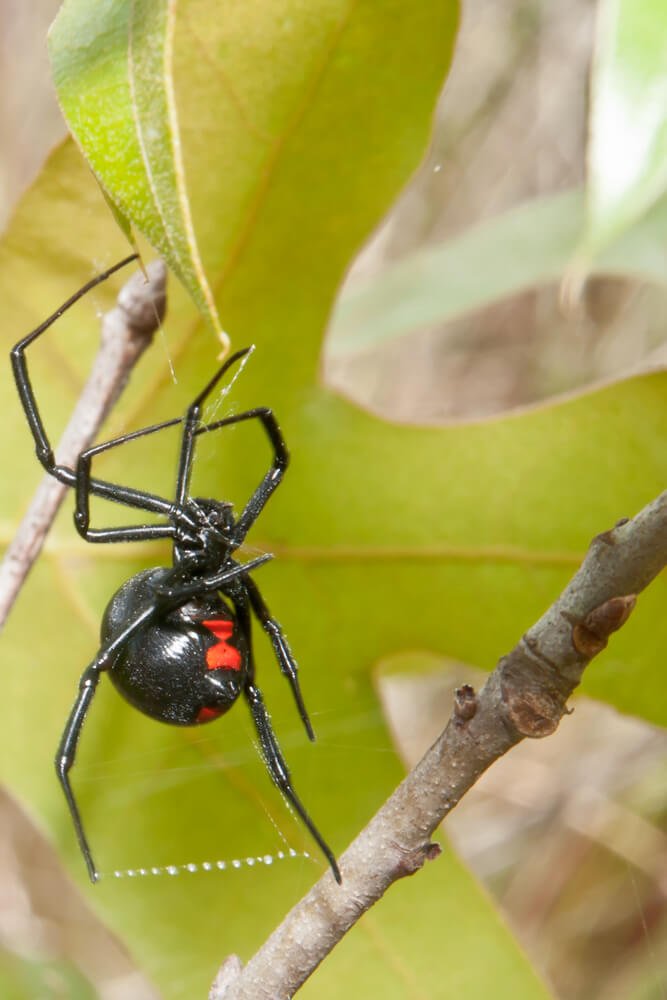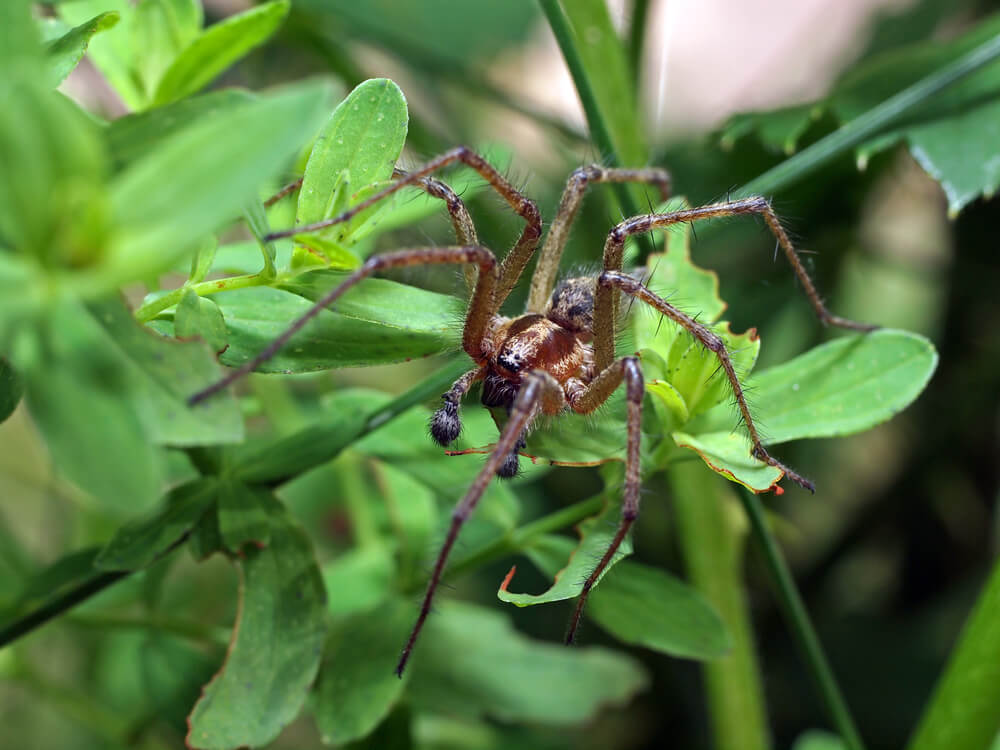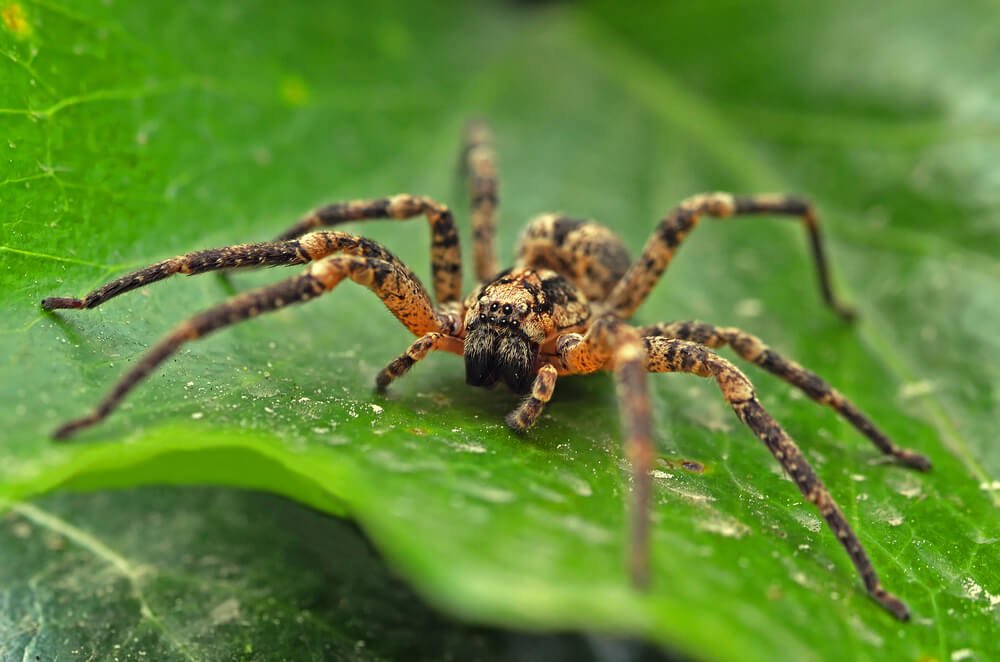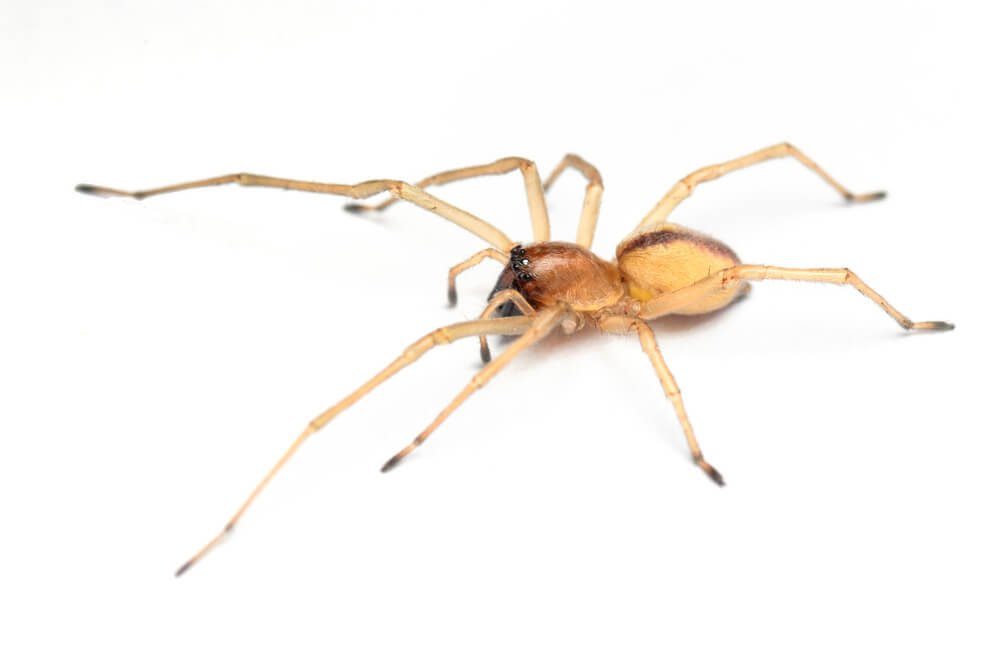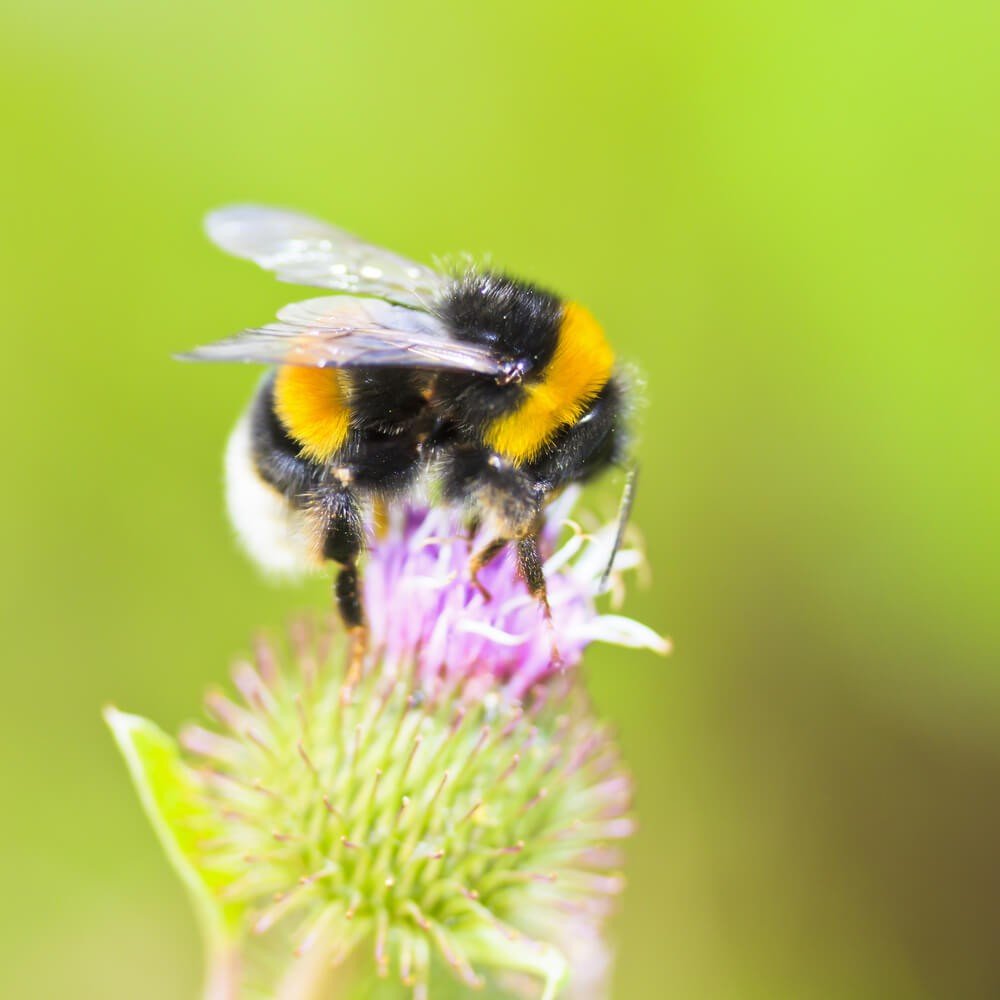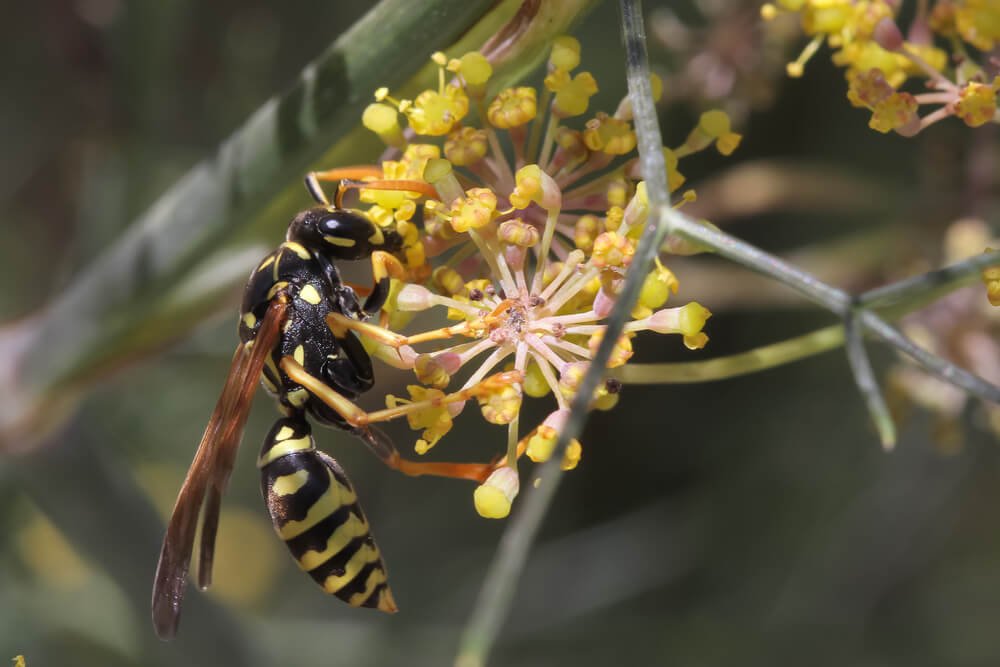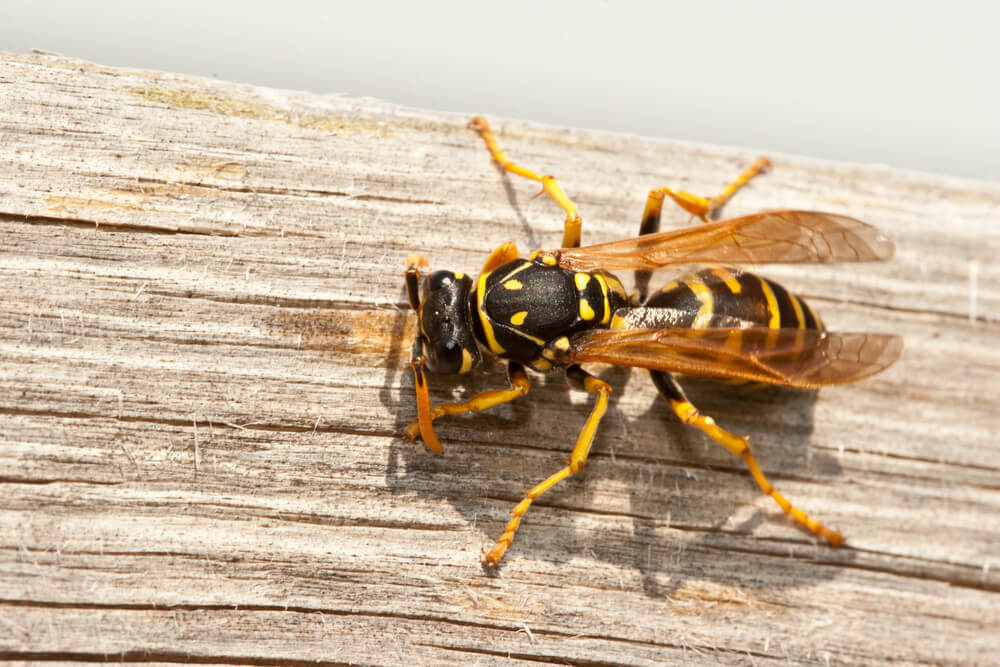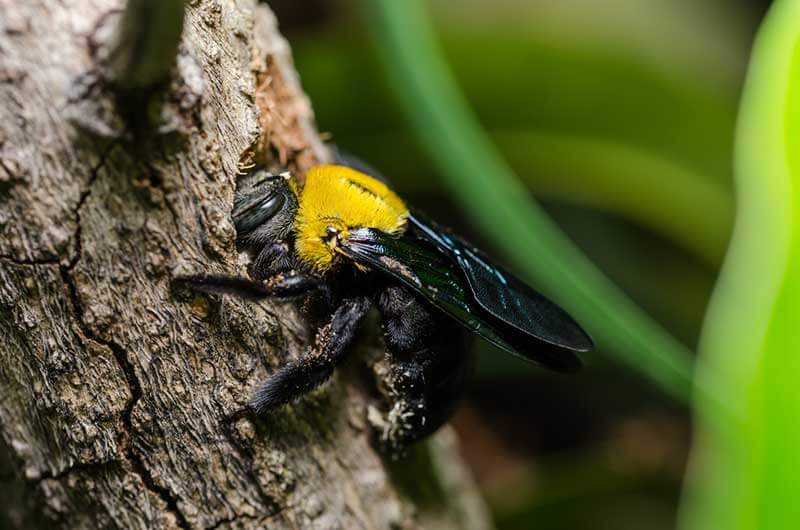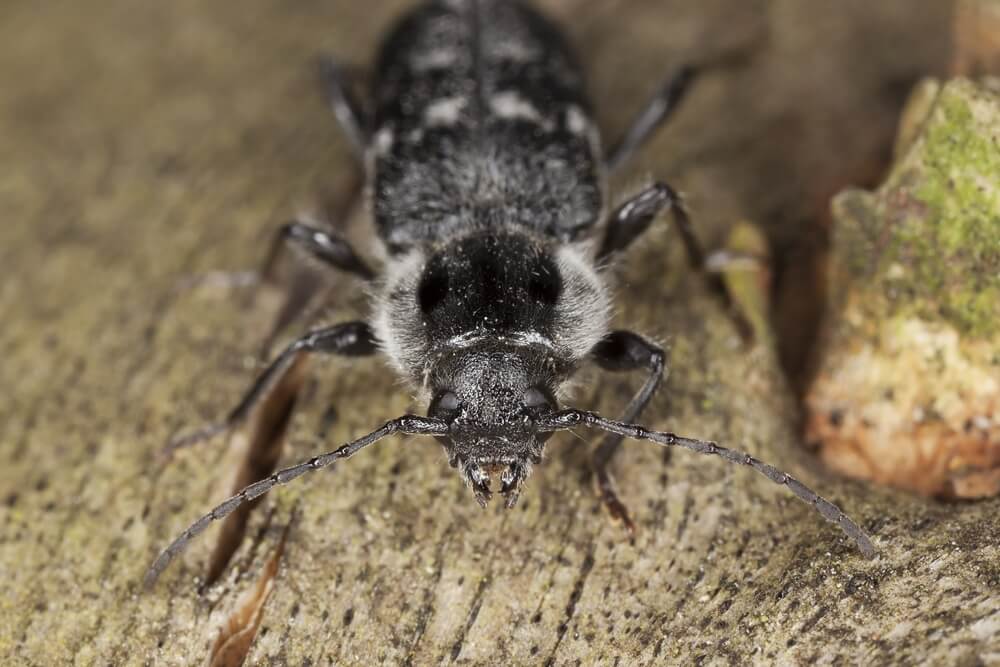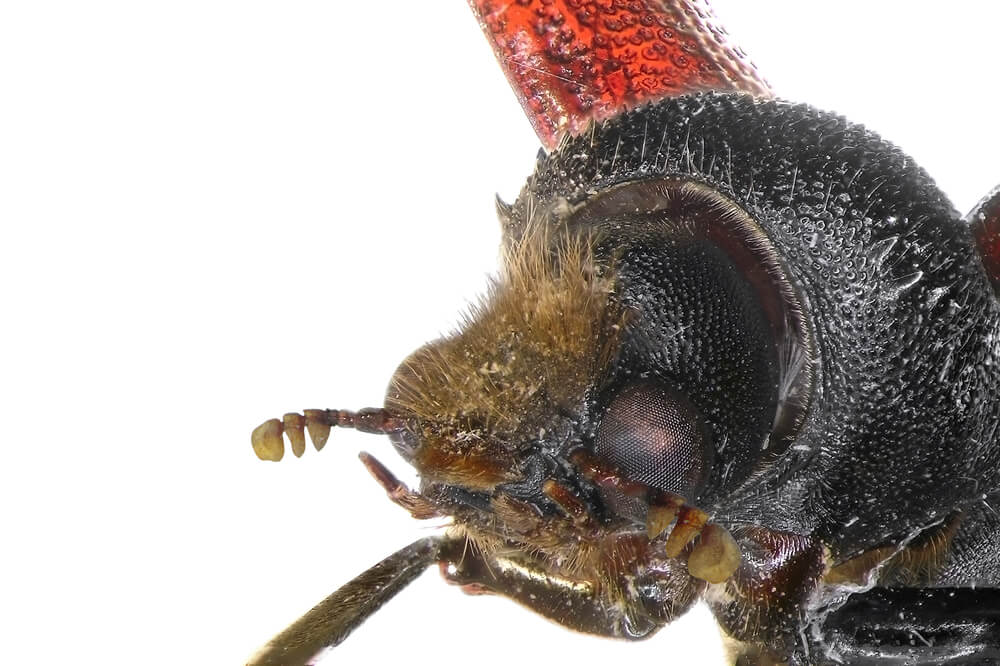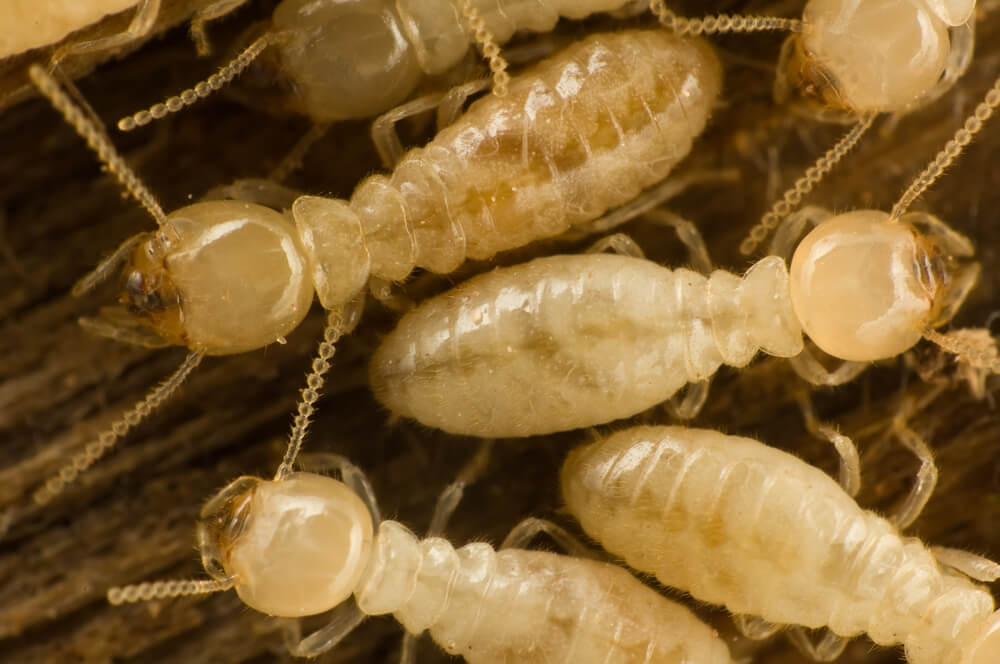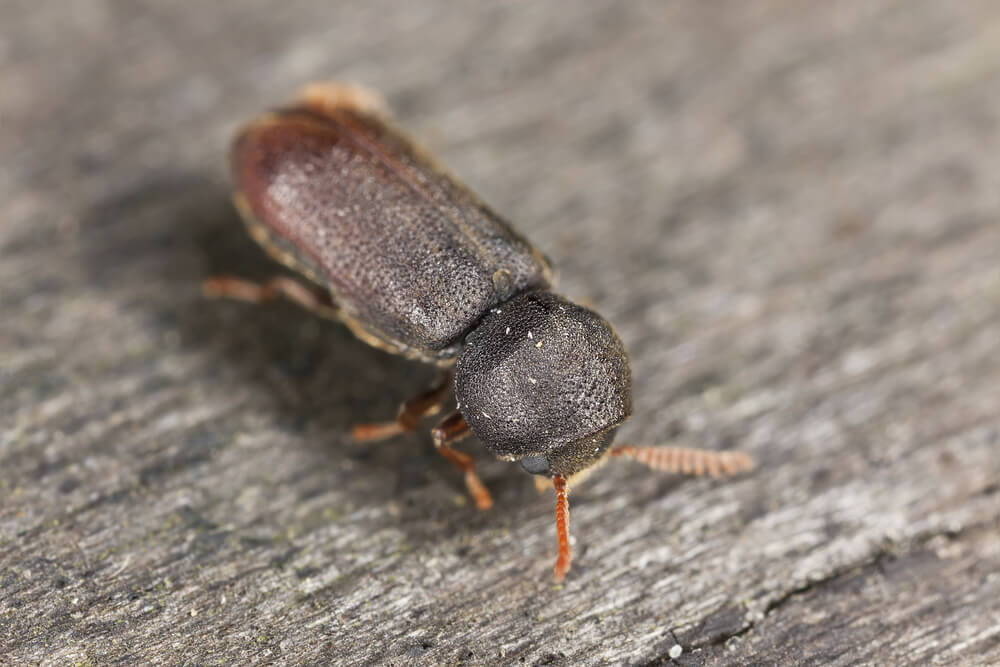The National Pest Management Association is celebrating Bed Bug Awareness Week, June 4-10, 2017. The annual designation, which is recognized by Chase’s Calendar of Events, serves as a friendly reminder to keep bed bugs top of mind when traveling this summer.
Check out the infographic below to learn about the most common hiding spots for bed bugs in a room.
Continue reading
When you think of spring, you probably envision blooming flowers and the return of warmer weather. But in the pest control industry, spring marks the beginning of peak pest season, when most insects are coming out of their winter hiding spots, mating – and in some cases – finding their way into our homes. Unfortunately, one of the most common springtime pests is also one of biggest threats to our homes and properties – termites.
Continue reading
Termites seem to come out of the woodwork every spring… but could they actually be coming in and infesting your home? Learn more about these costly pests and their life cycle.
Understanding the Termite Life Cycle
When you think of spring, you probably envision blooming flowers and the return of warmer weather. But in the pest control industry, spring marks the beginning of peak pest season, when most insects are coming out of their winter hiding spots, mating – and in some cases – finding their way into our homes. Unfortunately,
Continue reading







